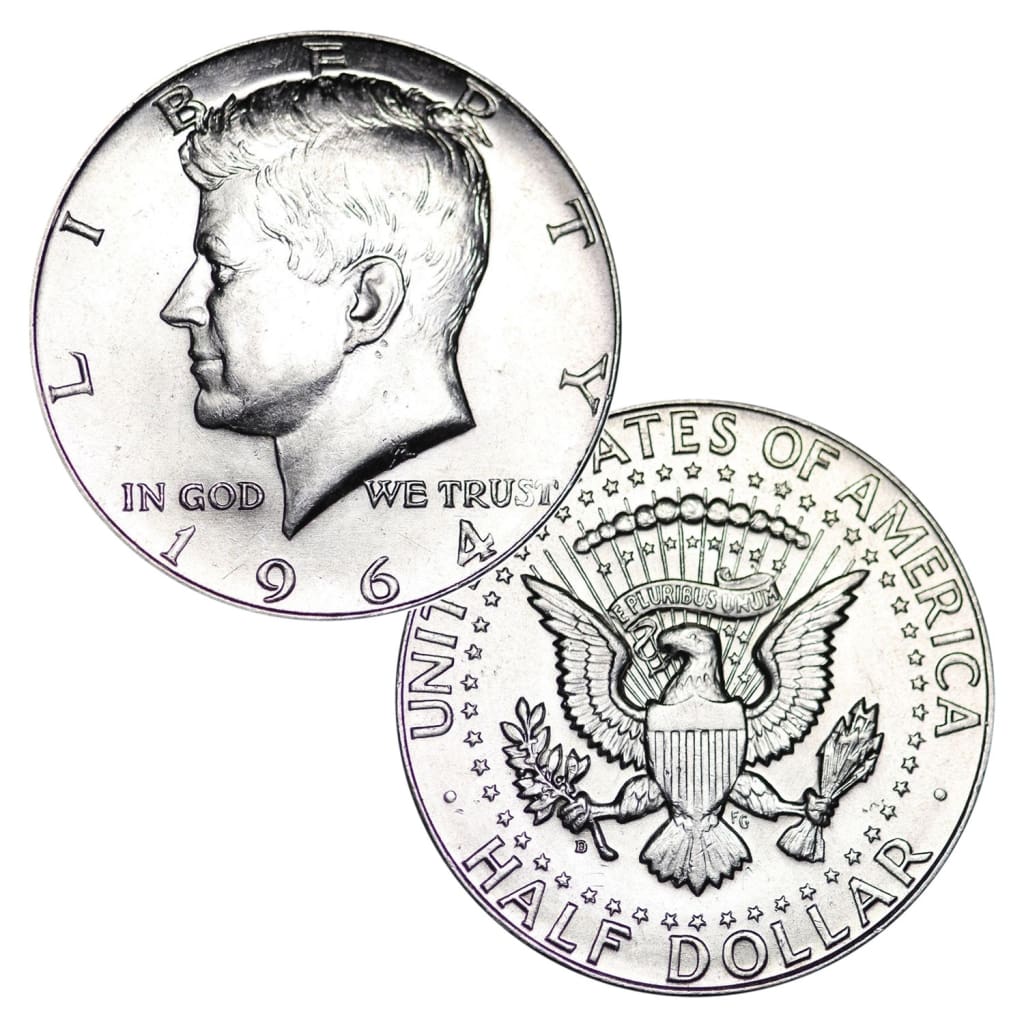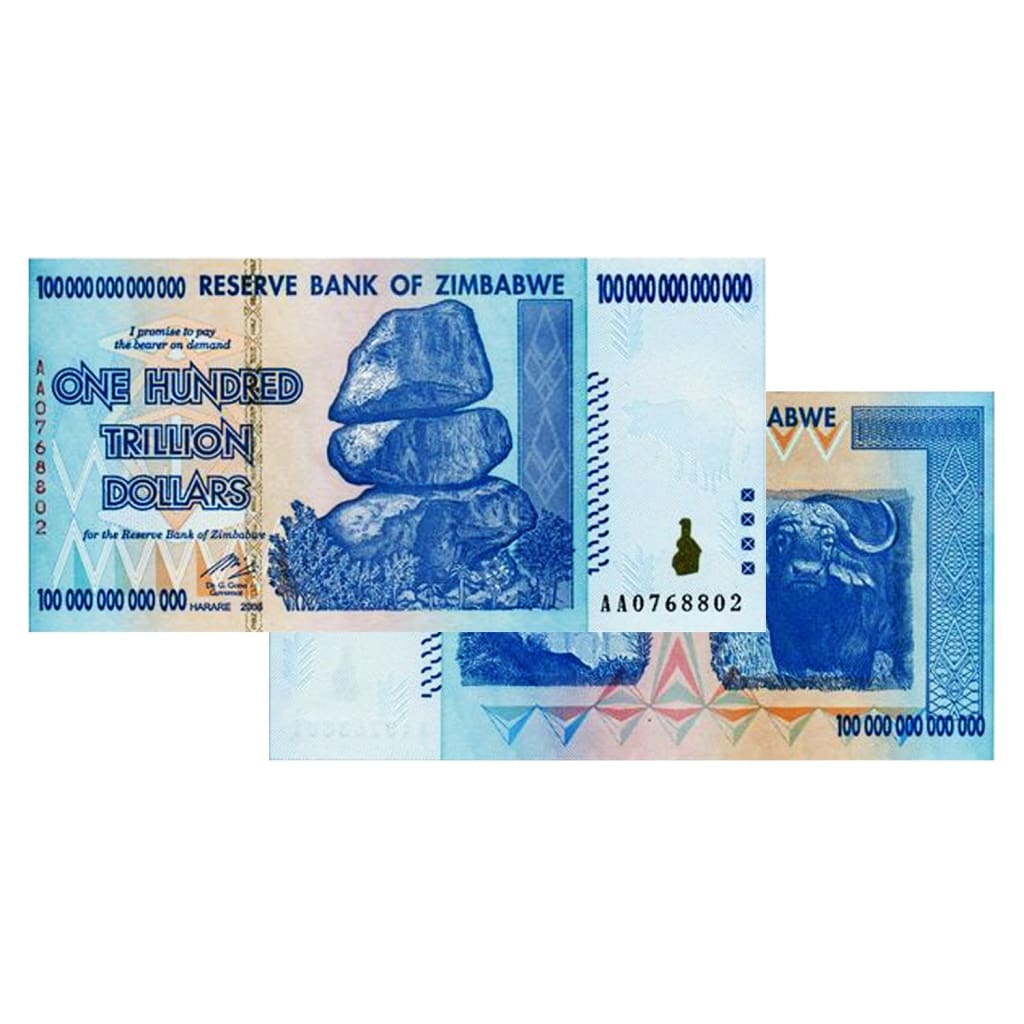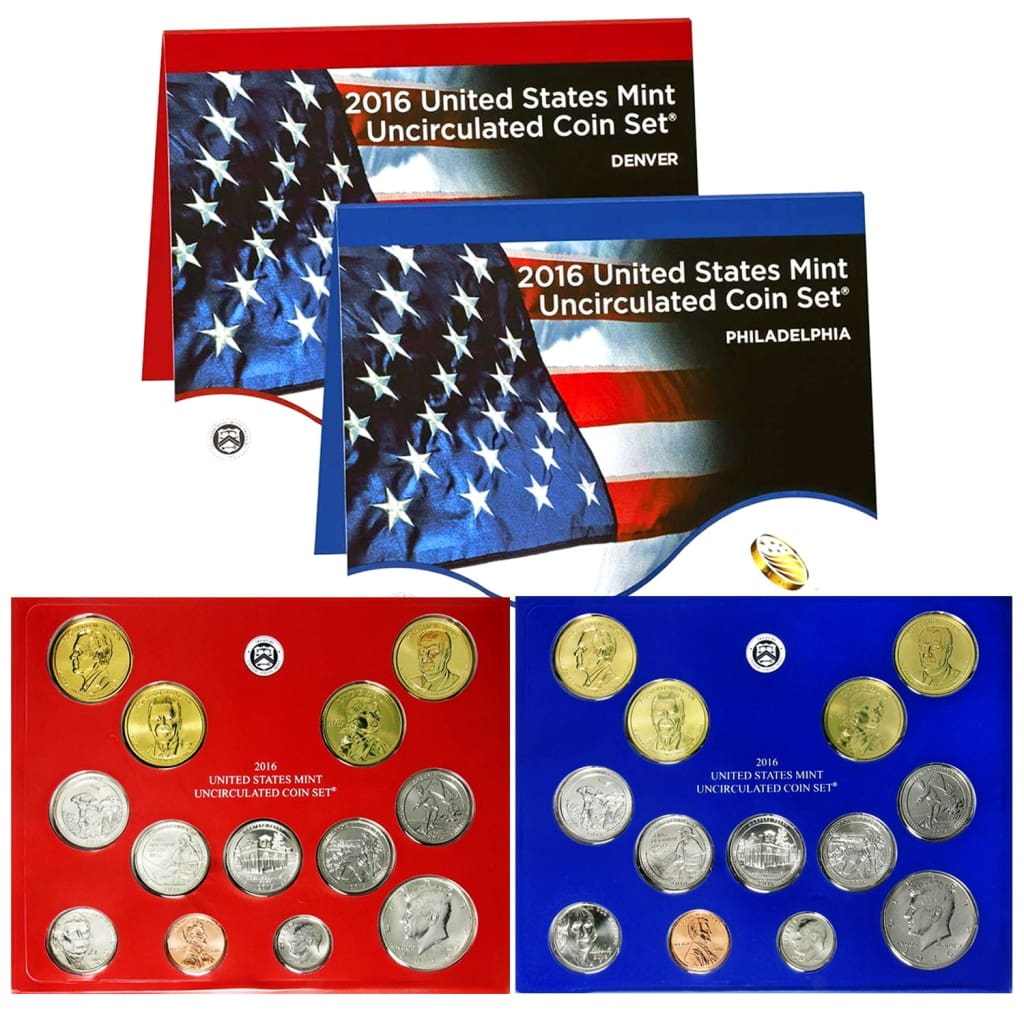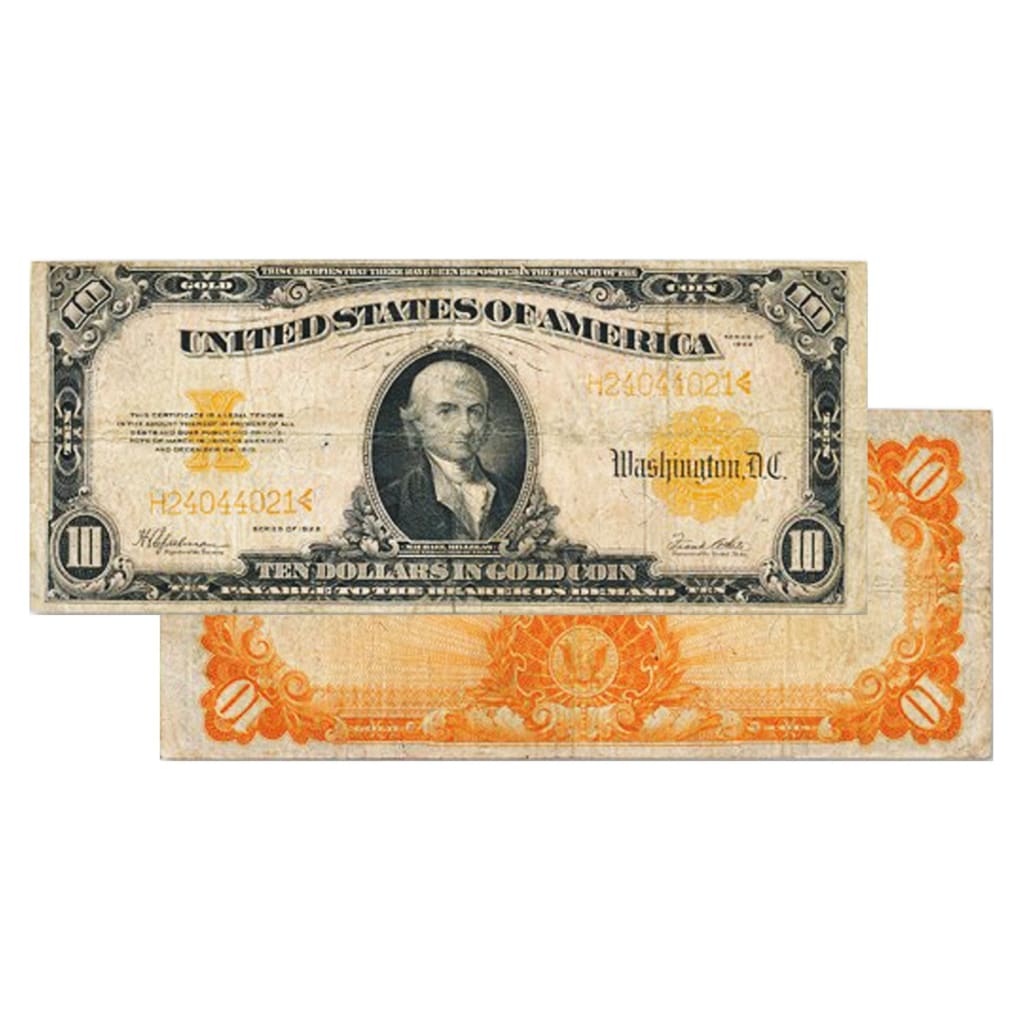If you’re going to start a new country, there are a few things you need to do—give it a name, design a flag, form a government, raise an army, to start. And if you’re about to go to war, you’d better hurry. One of the things that shows how hastily the Confederate States of America was formed is its currency.
Promissory Notes Rushed Into Circulation
In the rush to get currency into circulation, sheets of bills were sometimes hand-signed andcut apart with scissors, often with no reverse-side printing.
Rather than being backed with hard assets (U.S. currency was backed by gold reserves at the time), Confederate paper currency was essentially a promissory note. Most banknotes carried the notice that “Six months after the ratification of a treaty of peace between the Confederate States and the United States the Confederate States of America will pay [X amount] to bearer” or a variation of that phrasing.
Confederate Coins Left Out
Although there were three U.S. mints in the southern states (Charlotte, NC; Dahlonega, GA; and New Orleans), no Confederate coins were ever issued for circulation. The Charlotte and Dahlonega mints were converted to assay offices before the war, leaving New Orleans as the only facility striking coins. But the Confederacy needed its small cache of bullion for overseas trade, so it decided to forgo minting coins. The only coins produced were a handful of proofs and tests that never went into circulation. The only fractional currency issued was paper half-dollar notes, beginning in March of 1863.
Most Common Confederate Banknotes
The most common Confederate banknote is the Series 7 T-68 $10 note of which just over 9 million were produced along with millions of other denominations as well. Early large denomination notes (1861) are the rarest with only 607 $1,000 T-1 and $500 T-2 bills made of each.
Counterfeit Notes Cause Inflation
Because of their relatively low quality, Confederate notes were easy to counterfeit. The Union took advantage of that to flood the Confederacy with bogus bills to cause inflation. It worked, although with the declining fortunes of the Confederacy, organic inflation set in as well. Toward the end of the Civil War, a bar of soap cost $50 Confederate, if you could find anyone to take the money. And since Confederate money was a fiat currency with no backing, when the Confederacy fell, the money became worthless.
Confederate Money Today
Today, Confederate money is collectible, some of it quite valuable, running into tens of thousands of dollars for the rarest notes. Even a few remaining counterfeits command good prices.
If collecting Confederate money interests you, a good reference is the 2014 edition of Collecting Confederate Paper Money by Pierre Fricke. And be sure to browse the collection of Confederate banknotes available at The Great American Coin Company® online.
Third series Confederate States of America $100 banknote showing handwritten serial number, signatures and uneven cut. Between 1861 and 1864 there were 72 different types issued with numerous variations.
Image courtesy of the National Numismatic Collection, National Museum of American History





